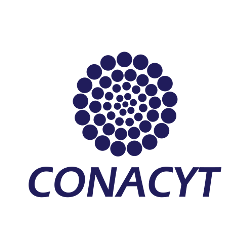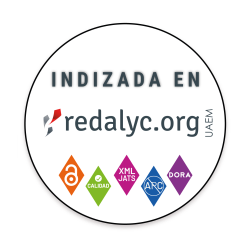Abstract
In this work I present and compare two different visual strategies in the
sixteenth-century indigenous annals depicting the Conquest of Mexico. The
first visual strategy corresponds to the tlacuilloli (the act of painting
with a brush) tradition in which historic events are represented by
pictograms linked to a year sign in the calendar. In this regard I analyze
the paintings of Codex Aubin and Tira de Tepechpan. The second, which I
have dubbed “the new tlacuiloque” (plural of tlacuilo, painter-scribe),
shows a new visual and symbolic strategy that introduces the western
painting style and Christian symbols into the images of the Conquest. In
this manner, a new iconic script is created. This novel tradition is
present in the painted history of the Conquest preserved in Book xii of the
Florentine Codex and in the images of the Conquest made for Fray Diego
Durán’s History of the Indies of New Spain. However, both
expressions share the same thematic or conceptual units and the way of
conceiving of images as texts. The indigenous painters depiet the most
important events of the Conquest through paintings that we call iconic. The
Conquest is conceived as the moment of alternation of cycles of time (world
eras). Through the paintings the tlacuiloque established a cyclical
parallelism between the past Toltec era, the Mexica time, and the new
Christian era in order to represent the arrival of the Spaniards as the
foundation of a new era in Mesoamerica consistent with the indigenous
cyclical history.
Downloads
Download data is not yet available.


















